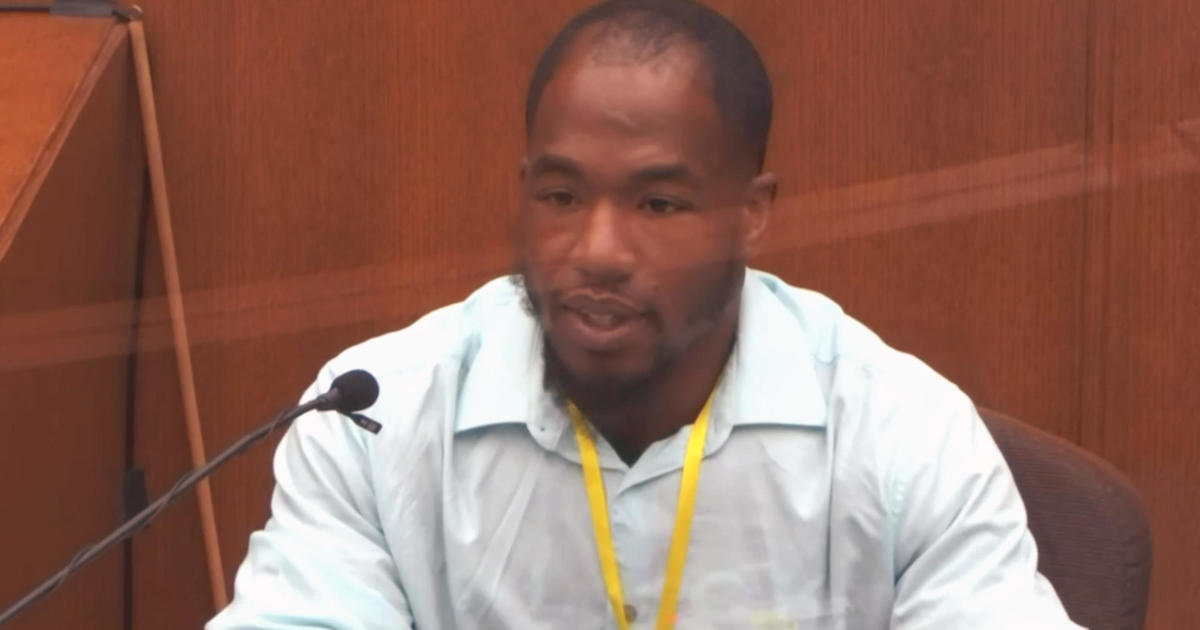Minneapolis Police Data Shows Racial Disparities In Use-Of-Force Cases
MINNEAPOLIS (WCCO) - A controversial police restraint left dozens of suspects unconscious in the years before George Floyd's death.
It's the use of force by a former Minneapolis police officer that moved so many to tears and anger and frustration. A knee on George Floyd's neck for several minutes. After his death, we'd learn neck restraints and chokeholds were approved uses of force in Minneapolis. Officials banned them three weeks later.
WCCO requested police data to find out how often officers in Minneapolis used neck restraints during an encounter. University of St. Thomas professor Manjeet Rege helped boil down the data.
Rege is the director of the Center for Applied Artificial Intelligence, and found racial disparities within the overall use of force data.
"Of all the incidents around where force was used, around 58% constituted Black subjects and the other 42% were all of the other races combined together," Rege said.
The latest census data showed Black or African American people made up 19.4% of the Minneapolis population. But when Rege broke down neck restraints specifically, the disparities got worse.
When asked who the neck restraints were most often used on, Rege replied, "Blacks and males in 20s."
The data showed 160 of the 258 neck restraints used since 2015 were on Black men, which constitutes 62% of the time. 44 times, the person lost consciousness, with the suspect injured 18 of those times. One of them was a 14-year-old.
The data also showed the types of calls officers responded to where a neck restraint was used.
Examples ranged from assault in progress, domestic abuse and officer needs help, forgery, tenant trouble, and overdose.
Rege determined the most common reasons police used force were: the suspect tensed, followed by committing a crime and an assault on an officer.
He says analyzing data can help form a complete picture.
"That is the facts right, those are facts. We can all make up stories but data never really lies," Rege said.
Minneapolis Mayor Jacob Frey said the problem has spanned many mayors and generations.
"I've known about the use of force disparities," Frey said. "The data that you've highlighted is accurate, and this is exactly why we're pushing for a full on shift, a culture shift, a shift in the way we do business in the Minneapolis police department."
He wants officers to first work to de-escalate a situation, and use force as a last resort. He also points to a use-of-force data dashboard citizens can use online.
"We want to be completely open and honest and transparent about this data and that's why we have an open data portal where anyone can view and understand the ramifications of some of the policies we have in place and directions we need to go," Frey said.
Frey said more use-of-force policy changes will be announced in the coming weeks.
The city banned neck restraints and chokeholds in June. The state limited the use of certain restraints, including chokeholds last month, except in certain circumstances.



